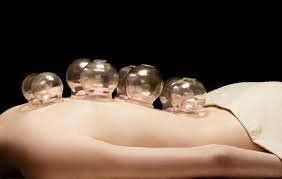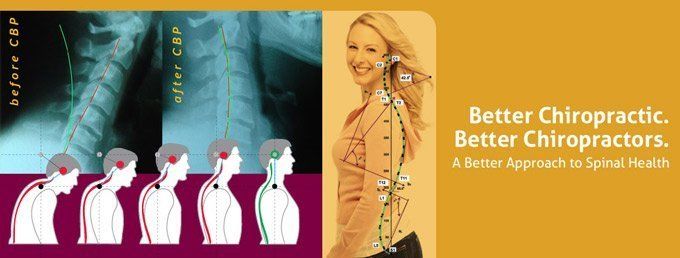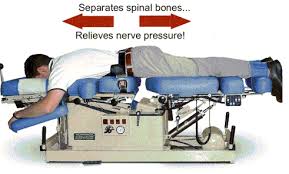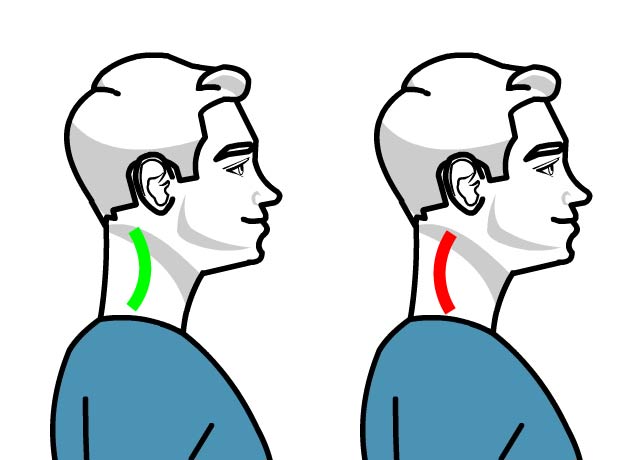Top Therapeutic Benefits of Cupping
- By Farzad Aziz
- •
- 14 Mar, 2018
- •
This is a subtitle for your new post

If you’ve been watching the Rio Olympics, you might have noticed that some of the athletes, including Olympic gold medalist swimmer Michael Phelps, have a number of odd purple bruises on their bodies.
While some people were concerned Phelps and others had gotten involved in some sort of strange self-abuse, the round bruises are actually the result of a healing technique known as cupping. The gymnastics team captain, Chris Brooks, and American gymnast Alex Naddourr have also been seen with cupping marks.
Referring to the practice, Naddour told USA Today, “That’s been the secret that I have had through this year that keeps me healthy. It’s been better than any money I’ve spent on anything else.”
Cupping involves heating up small glass cups and then putting them onto the skin, and pulling them away from the body to help loosen and relax muscles by promoting blood flow.
It seems to be working. The U.S. men’s gymnastics team finished second during the qualifying round at the 2016 Olympics, and swim team members Michael Phelps and Nathan Adrian, who also uses cupping, managed to secure gold medals in the 4×100-meter freestyle relay.
Many massage therapists and other alternative health practitioners are including it as part of their practice. It makes sense as cupping is kind of the inverse of massage. Instead of apply pressure to muscles, the suction uses pressure to pull the skin, tissue and muscles upward. It’s a practice that was developed thousands of years ago, and while techniques have been modernized, the original philosophy is still the same.
Olympic athletes certainly aren’t the only ones to experience the many benefits of cupping, famous celebrities like actress Gwyneth Paltrow walked the red carpet with noticeable cupping marks on her back, and former “Friends” star Jennifer Aniston wore a strapless black dress to a movie premiere recently that showed cupping marks too.
1.Pain Relief
Pain relief is one of the main reasons people use cupping. An analysis of multiple clinical trials published in Evidence-Based Complimentary and Alternative Medicine showed that compared to traditional treatments, cupping offered positive effects for relieving cancer pain compared to analgesics and anti-cancer drugs. You can also checkout further research on WebMD.com/Cupping Therapy.
Cupping targets soft tissue with pressure applied to pain points and areas of swelling. This helps to increase blood flow, nutrients and oxygen to the tissue. It’s believed to help release tissues deep within the body, relax tense muscles and ease stiffness that’s often associated with neck and back pain, migraines and rheumatism.
Practitioners use pressure and suctioning, near the site of the injury. This allows blood to circulate to the injured area and speed up the health process.
2.Inducing inflammation to heal injuries faster
3. Detoxifying
4.Treating carpal tunnel syndrome
Carpal tunnel syndrome is painful and progressive condition that can interfere with hand strength and sensation, and even result in a decrease in hand function. It’s said to affect some 4 to 10 million Americans, with females three times more likely to suffer from it than males.
The condition disables a key nerve which results in symptoms that can range from mild numbness felt occasionally to hand weakness or even the loss of feeling and total loss of hand function.
The good news is that you may be able to find relief through cupping. A study out of Germany, published in The Journal of Pain, showed that the technique was effective for providing temporary relief of pain from carpal tunnel syndrome. Just a single session was able to significantly ease pain and symptoms for a week, according to the researchers.
The study authors noted three possible explanations for the positive therapeutic effects, including that the therapy may be providing a powerful placebo effect, cupping may offer antinociceptive effects, or the local bloodletting caused by cupping may have altered tissue perfusion and metabolism to affect medial nerve function.
5.Promotes relaxation
In today’s chaotic world, all of us can use a little time for relaxation. If we don’t take time to relax, the constant stress can lead to a host of health conditions, including mental issues like anxiety and depression. Similar to receiving a deep tissue massage which offers wonderful, relaxing relief, cupping is soothing as it helps to lift the pressure from tense muscles.
The act of simply lying still and allowing a practitioner to apply the therapy has positive effects on well-being, and believed to be another factor in why cupping is often so effective. After the cups are placed on the skin and suctioned, they generally remain for as long as 20 minutes, which basically forces one to be still and silent, putting them into a more relaxed state as it sedates the central nervous system.

There are three main pain generators in the neck: The muscles, the joints, and the discs. Posture tends to affect the muscles and joints. Disc injuries need to be treated prior to correcting posture, see our previous post on disc decompression therapy . But why does posture lead to tight muscles and tender joints? The answer is biomechanics. When the head is centered about the body, the muscles do not have to do much to keep it upright, and the joints have a nice full range of motion. When we have poor posture, the muscles will be constantly active to stabilize the neck and this will lead to chronic tight and tender muscles.
Try this: Stick your head forward as far as you can. Now try to look left and right. Next, pull your head back over your body and look left and right. You'll see that you lose the ability to look left and right as your head goes forward. Let's take a look at how we evaluate posture here in our office.

So patients try stretching and exercise with a physical therapist or they get adjusted by a chiropractor . Both provide some degree of relief, but not enough. They give up, start taking medications and consider surgery. What most people don't do is TRY DECOMPRESSION! Since no profession owns decompression, it isn't well known to patients who need it. Previous decompression machines before computers were crude and hard to tolerate.
